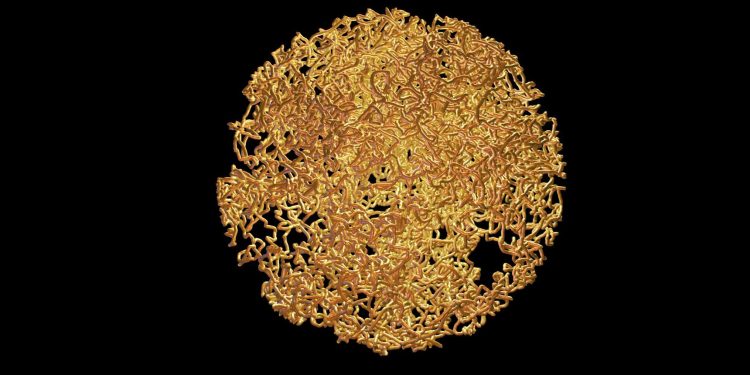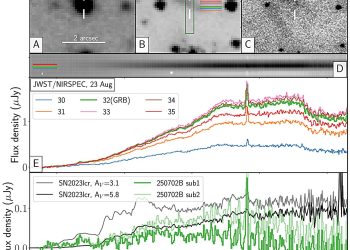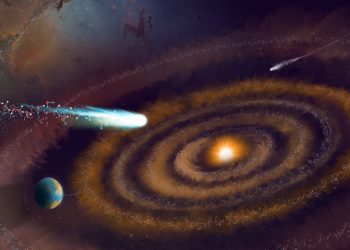If you’re twisting something (say, spinning a top or pivoting a robot’s arm) and you want it to return to its exact starting point, intuition tells you that you’ll need to undo each twist one by one. But mathematicians Jean-Pierre Eckmann of the University of Geneva and Tsvi Tlusty of the Ulsan National Institute of Science and Technology (UNIST) have found a surprising shortcut. As they describe in a new study, almost any sequence of rotations can be perfectly undone by increasing its size and repeating it twice.
Like a mathematical Ctrl+Z, this trick returns almost any rotating object to where it started.
“It’s actually a property of almost every object that rotates, like a spin, a qubit, a gyroscope or a robotic arm,” Tlusty explained. New scientist. “If (objects) follow a very convoluted trajectory in space, simply by scaling all the rotation angles by the same factor and repeating that complicated trajectory twice, they simply return to the origin.”
A hidden symmetry of movement

Mathematicians represent rotations using a space called SO(3) — a three-dimensional map where each point corresponds to a unique orientation. At the very center is the rotation of identity: the original state of the object. Normally, tracing a complex path through this space would not bring you back to this center. But Eckmann and Tlusty discovered that scaling all rotation angles by a single factor before repeating the motion twice acts like a geometric reset.
So for example:
- If your first rotation sequence tilted the object 75 degrees this way, 20 degrees that way, and so on, you could reduce all of those angles by, say, a factor of 0.3, and then run this shortened version twice in a row.
- After these two passages, the object returns perfectly to its starting position, as if nothing had happened.
In their proof, the researchers combined a 19th century tool for combining rotations (the Rodrigues rotation formula) with Hermann Minkowski’s theorem from number theory. Together, these revealed that “almost every step in SO(3) or SU(2), even a very complicated one, will preferentially return to the origin simply by traversing the step twice in a row and uniformly scaling all rotation angles.” »
Why it matters
But why should you care? Well, rotations are everywhere: in gyroscopes, MRI machines and quantum computers. Any technique that can reliably “reset” them could have broad uses. In magnetic resonance imaging (MRI), for example, atomic nuclei constantly rotate in magnetic fields. Small errors in these rotations can blur the resulting images. This new information could help engineers design sequences that cleanly cancel out unwanted rotations.
Quantum devices, built around rotating qubits, could also benefit. Since qubits evolve according to quantum rotations described by SU(2), a universal reset rule could help stabilize calculations. “No matter how tangled the history of rotations is,” Tlusty said in the UNIST press release, “there is a simple recipe: scale the driving force and apply it twice.”
And in robotics, this principle could allow machines to roll or rotate infinitely without deviating from their trajectory. “Imagine if we had a robot that could transform into any solid body shape, then it could follow any desired path just by changing shape,” said Josie Hughes of the École Polytechnique Fédérale de Lausanne in an interview with New scientist.
As Eckmann says, this discovery shows “how rich mathematics can be, even in a field as widespread as the study of rotations.” It’s a rare kind of elegance: a universal law hiding in plain sight, waiting for someone to put a gentle touch on the world – and start again.
The results appeared in the Physical Examination Letters.









